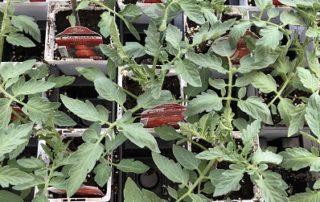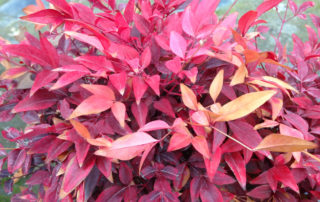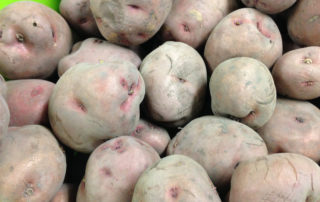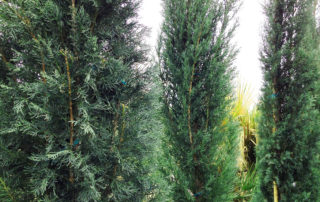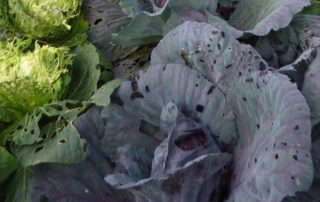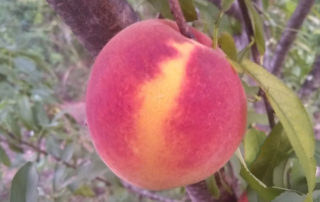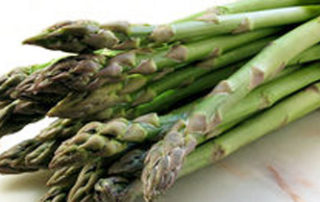Bougainvilleas in Central Texas
I am so fond of having Bougainvilleas in pots in my landscape. Nothing really compares to the riot of color that they can produce during the heat of the summer. Add that to the fact that they are so easy to care for, and we have a real winner on our hands. Simply familiarize yourself with their needs, and you will have vivid color in your yard, too! Bougainvilleas require at least 5 hours of sun each day in order to bloom well. [...]


